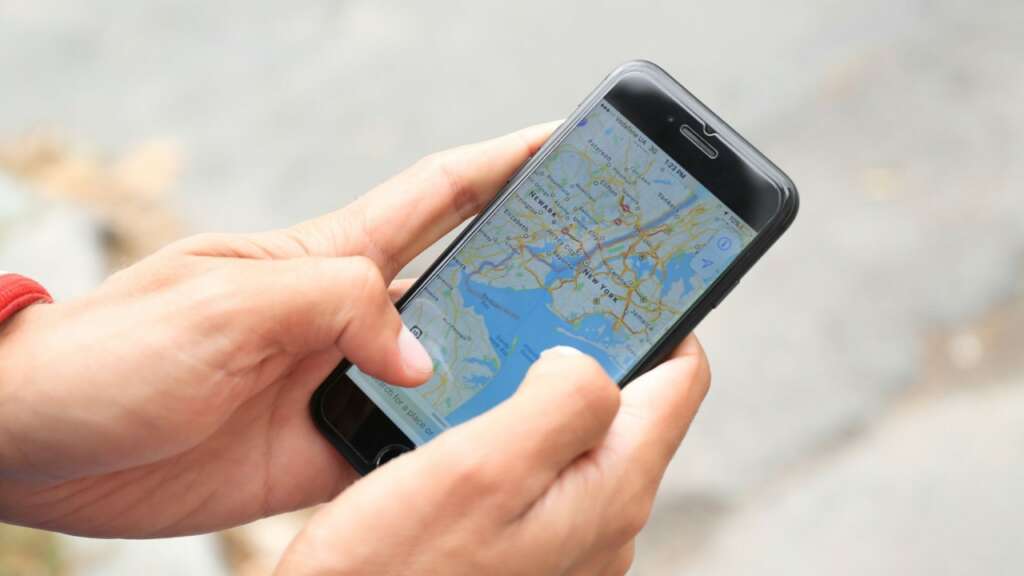
To create a more comprehensive understanding of live location sharing and its implications on smartphone usage, we need to delve deeper into several key aspects: the technology behind live location, its various applications, the nuances of smartphone engagement during live location sharing, and the important considerations regarding privacy and security.
Table of Contents
Expanded Understanding of Live Location
Technology Behind Live Location
- GPS and Data Connectivity: Live location relies on the Global Positioning System (GPS) integrated into smartphones. It requires a stable data connection (either through mobile data or Wi-Fi) to transmit location data to the chosen recipients or services.
- Integration with Applications: Many modern applications integrate live location features. These include messaging apps like WhatsApp or Telegram, navigation apps like Google Maps, and various social media platforms. The integration allows for seamless location sharing within the app’s ecosystem.
Applications of Live Location
- Personal Safety: One of the primary uses is for personal safety. For instance, sharing live location with family or friends during a late-night journey can provide a sense of security.
- Social Coordination: It simplifies meeting up by allowing friends to see each other’s real-time movements, reducing the need for constant updates.
- Business and Services: In the business realm, live location is crucial for logistics and delivery services, enabling efficient tracking of vehicles and parcels.
Smartphone Usage During Live Location Sharing
- Passive Operation: The key aspect to understand here is the passive nature of live location sharing. Once initiated, the process runs in the background, with minimal to no need for the user to interact with their phone.
- Indicators of Active Usage: Active phone usage is typically indicated by other signs such as online status, typing indicators in messaging apps, or last seen timestamps, rather than live location data.
- Impact on Phone Resources: Continuous use of GPS for live location sharing can have a noticeable impact on the phone’s battery life and data usage, making it advisable to use this feature judiciously.
Privacy and Security Considerations
- Consent and Control: Users should always have explicit control over who they share their location with and for how long. Most apps offer the ability to stop sharing live location at any moment.
- Risks of Over-Sharing: Continuous sharing of live location can pose privacy risks, particularly if shared with a wide audience or on public platforms.
- Understanding App Permissions: It’s vital for users to understand the permissions they grant to apps, especially regarding location data. Regularly reviewing app permissions and being cautious about which apps are allowed to access location data is a good privacy practice.
Misconceptions and Clarifications
- Not an Indicator of Active Engagement: The mere presence of a live location does not equate to the user actively using their phone. This is a common misconception that can lead to misunderstandings in personal and professional contexts.
- Variability Across Devices and Networks: The accuracy and frequency of location updates can vary depending on the device’s capabilities, network strength, and the app’s algorithm.
Conclusion
In conclusion, live location sharing is a powerful feature of modern smartphones, offering various benefits from safety to convenience. However, it operates largely in the background and does not necessarily indicate active phone usage. Users should be mindful of the privacy implications and manage their location sharing settings responsibly. Understanding these nuances helps in better utilizing this feature while maintaining personal security and privacy.

